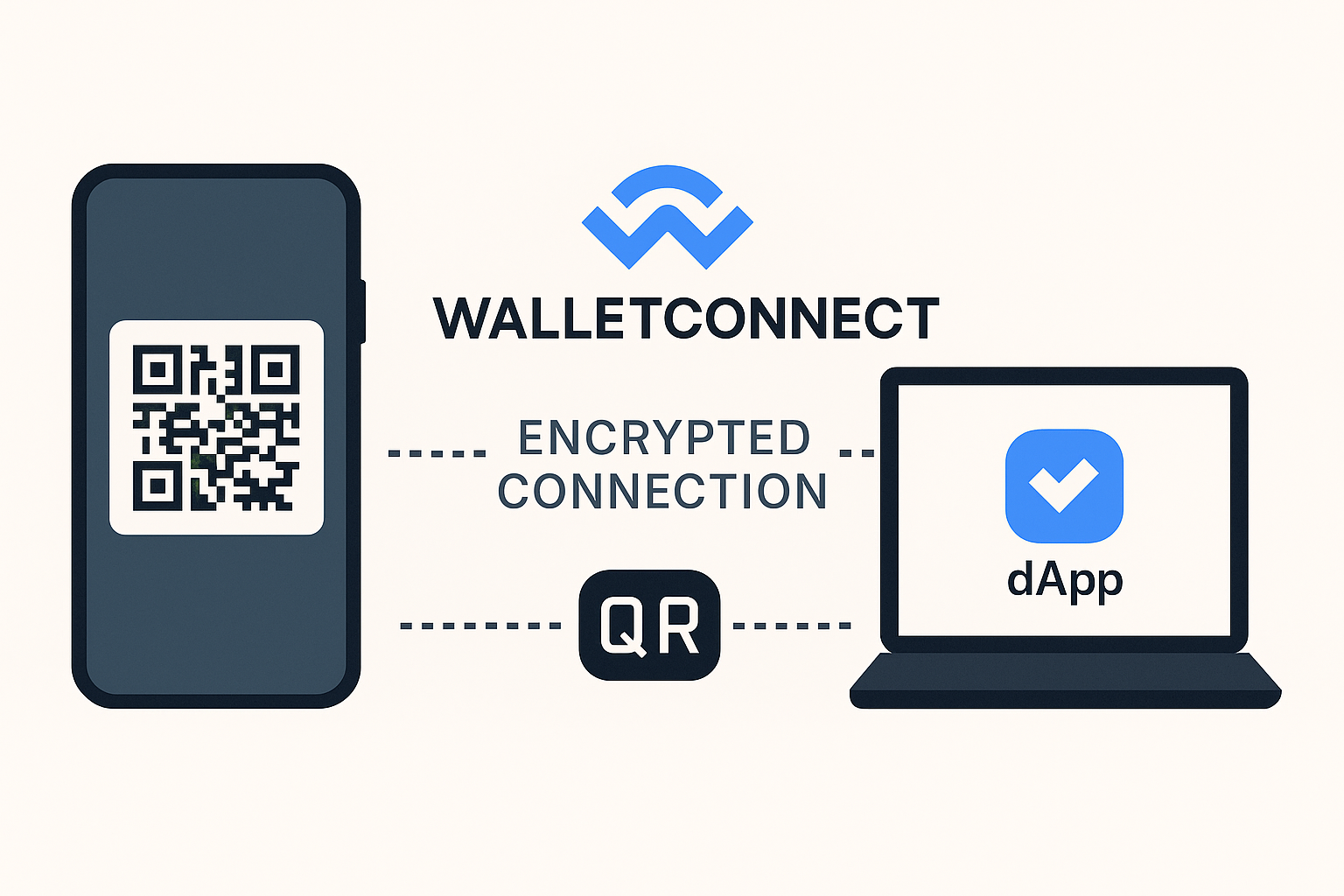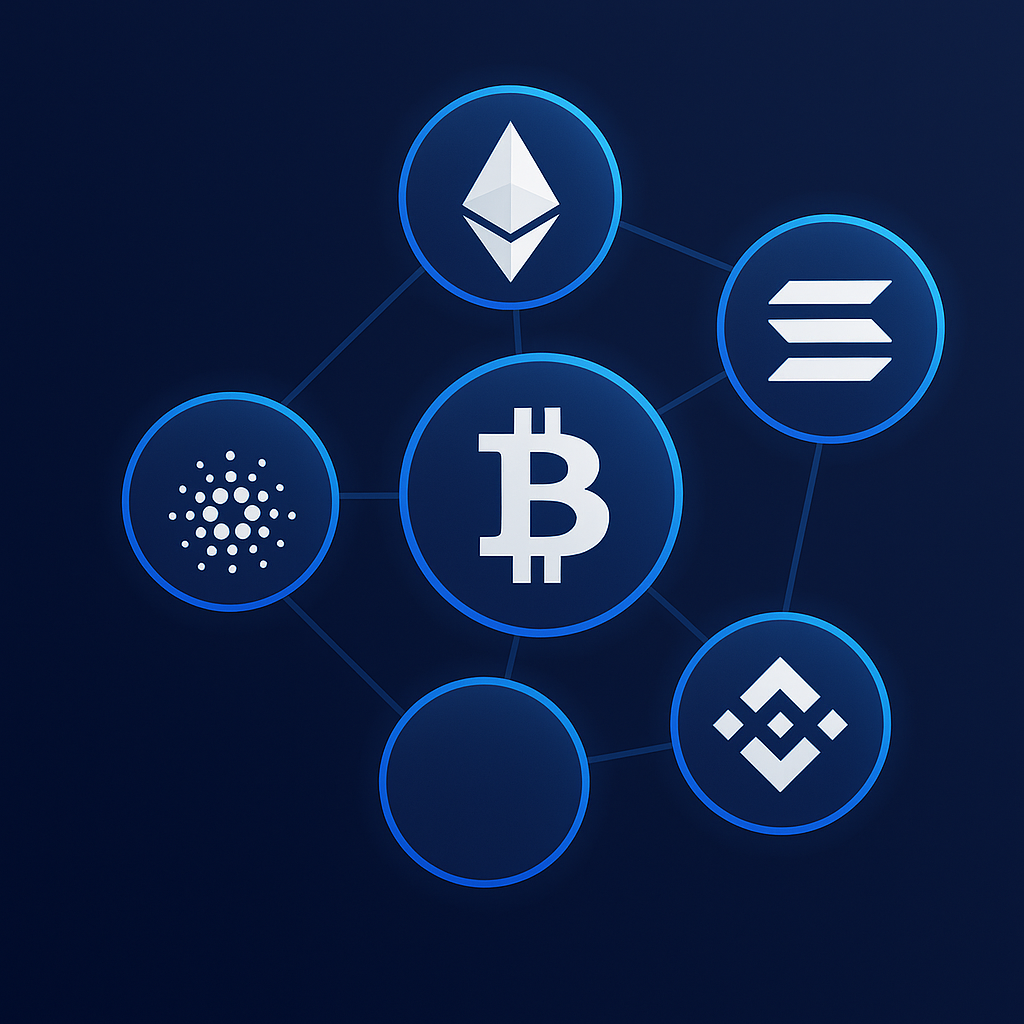
WalletConnect is a widely used protocol that enables secure communication between cryptocurrency wallets and decentralized applications (dApps). Unlike browser-based wallet extensions, WalletConnect allows users to connect their mobile wallets to any compatible dApp across multiple blockchain networks, including Ethereum, Binance Smart Chain, Polygon, zkSync, and more. This capability is especially important in a multi-chain Web3 ecosystem where users want seamless access to assets and applications on different blockchains without managing multiple wallets.
WalletConnect works by establishing a secure, encrypted session between a mobile wallet and a dApp interface, typically initiated by scanning a QR code. The protocol ensures that private keys never leave the user’s device, maintaining security while allowing the dApp to request transactions that the user can approve or reject.

One of WalletConnect’s major advantages is multi-chain support, which enables users to interact with several blockchains from a single wallet. This is important because assets, tokens, and dApps exist on multiple networks. Multi-chain support allows users to:

By supporting multiple chains, WalletConnect reduces friction and improves the user experience, eliminating the need to maintain separate wallets for each blockchain.
Even without steps, it’s helpful to understand the key processes that occur during a multi-chain WalletConnect session:
WalletConnect transforms the way users interact with blockchain networks by providing a secure, multi-chain wallet connection protocol. Its QR code-based interface simplifies interactions, making it easy for beginners to connect wallets, approve transactions, and manage assets without exposing private keys.